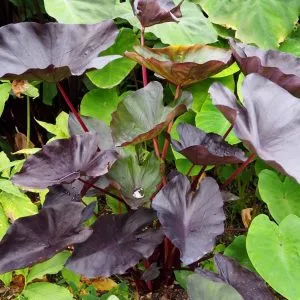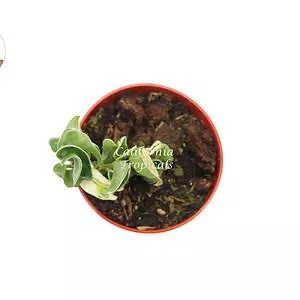No products in the cart.
Table of Contents
March 26 is called Purple Day! Now, you may be wondering why it’s called as such. There’s a good reason behind this color as Purple Day is born to raise awareness about epilepsy and the people affected by it.
What is Purple Day?
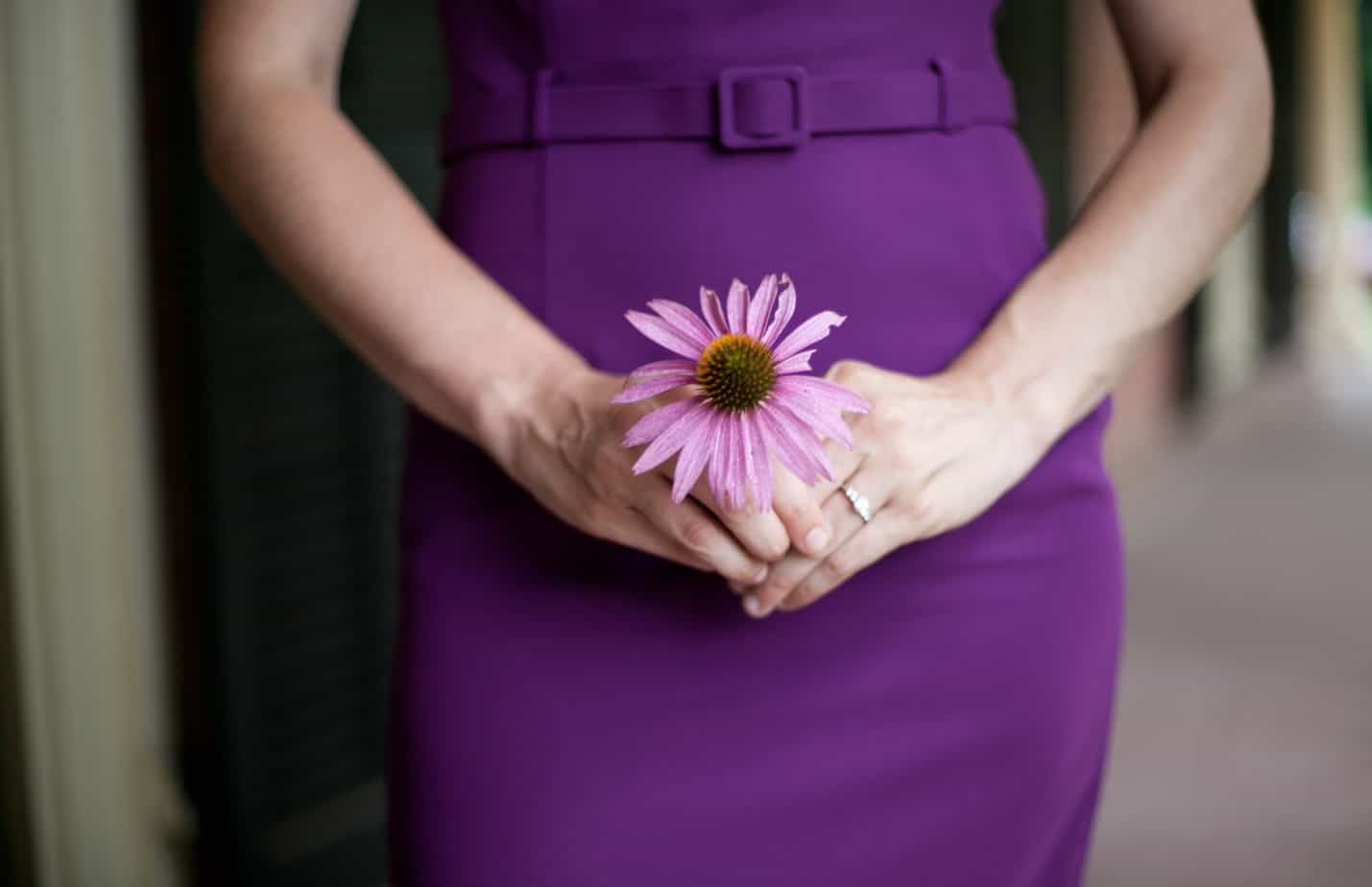
According to Epilepsy Action, it was in 2008 that an 8-year-old girl named Cassidy Megan, who was suffering from epilepsy herself founded Purple Day. Her desire was to help raise awareness about their case so that they wouldn’t have to suffer alone.
Since she found inspiration in lavender flowers, which is an internationally recognized flower for epilepsy, this day was then called Purple Day. Now, that makes a brilliant idea, right?
Globally, everyone is encouraged to wear purple and be involved in campaigns about epilepsy. As avid gardeners, one way to make ourselves involved is by gifting our friends, family, and colleagues with purple plants. Make a note and explain facts about epilepsy. That way, we’re helping raise awareness about the topic.
Today, Plantly is featuring eight purple plants that you could plant or use as gifts this Purple Day.
Purple Heart Tradescantia
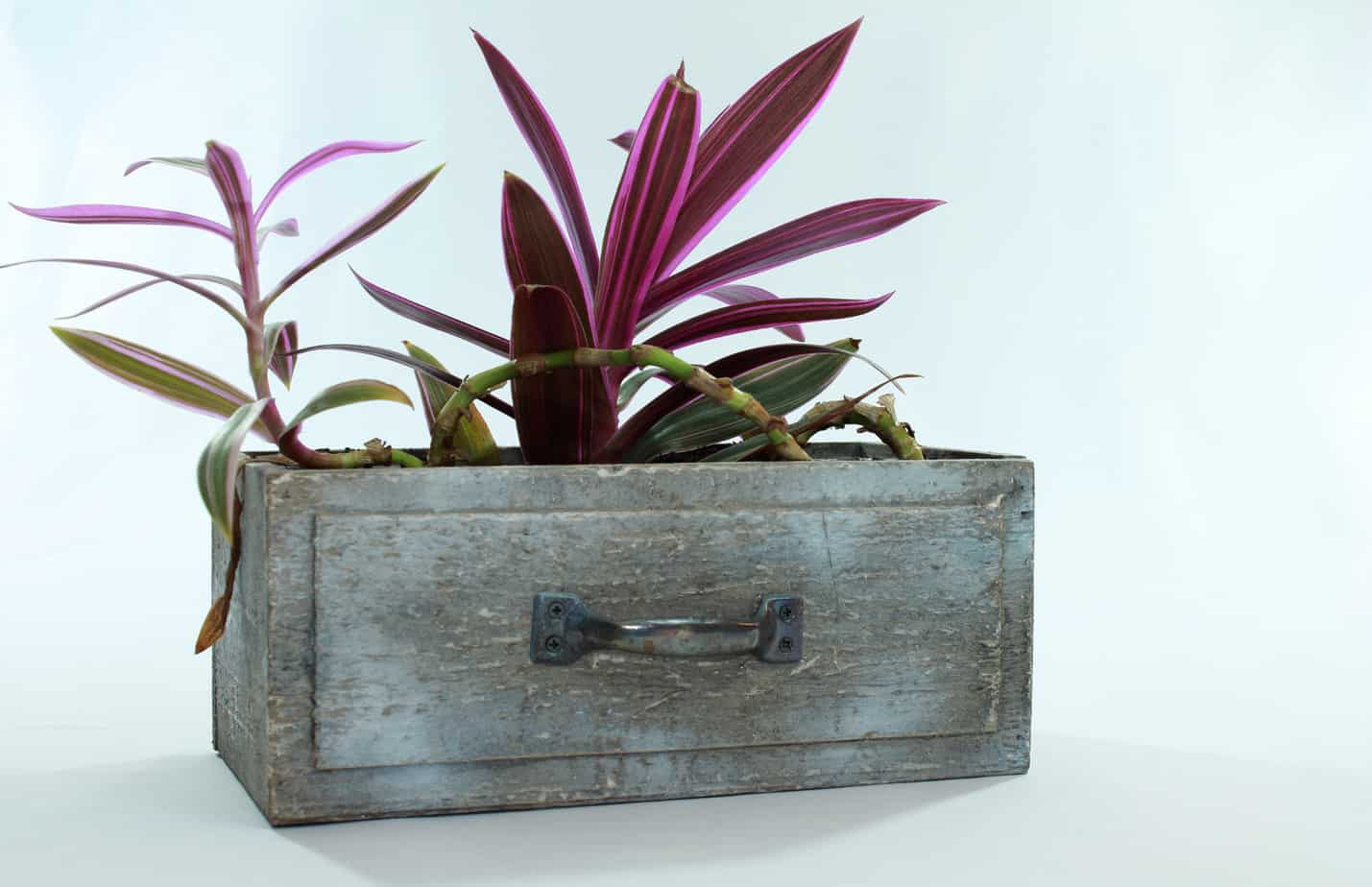
A plant that’s blessed with colorful foliage, purple heart tradescantia is a perfect groundcover, hanging plant, or just one to maintain in pots. Since this plant is very forgiving, you can gift it to anyone even to those who are newbie gardeners. Just make sure it receives lots of water and partial shade.
While its main attraction is its leaves, purple heart tradescantia also bears tiny flowers in pink color.
Purple Shamrock
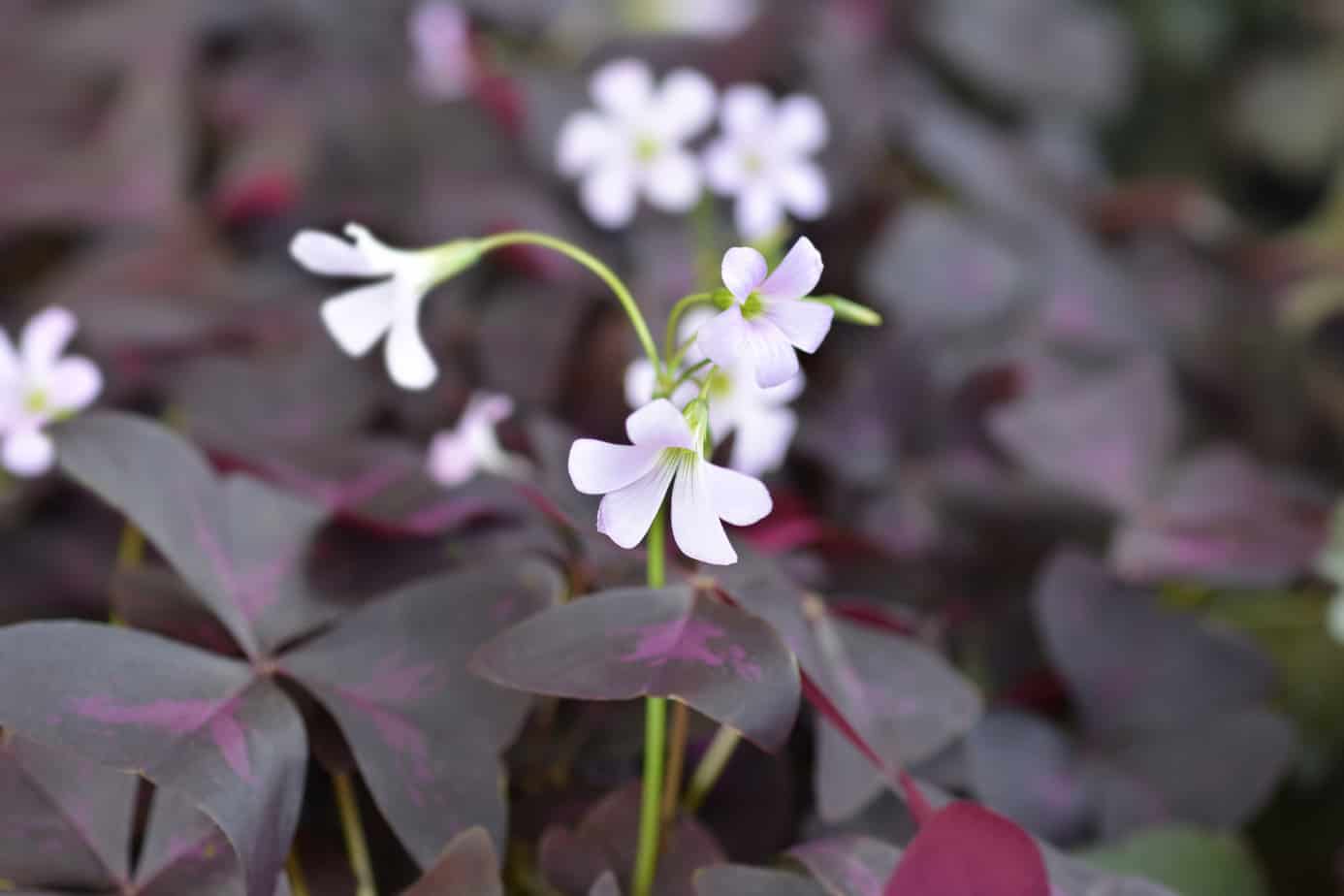
Next on our list is the purple shamrock which is botanically known as Oxalis triangularis. Its foliage has a dark purple color, which is almost nearly black when seen from afar. The leaves are triangular in shape and they usually come in groups of three.
Like your tradescantia, the purple shamrock is also good as a groundcover for outdoor landscapes. It’ll also do well in hanging pots and small containers for indoor planting. Tiny white flowers are likewise visible from fall to spring.
This plant is easy to care for but make sure to give a word of caution when giving this plant as a gift. This is because purple shamrock is known to be a toxic plant.
Purple Jacaranda
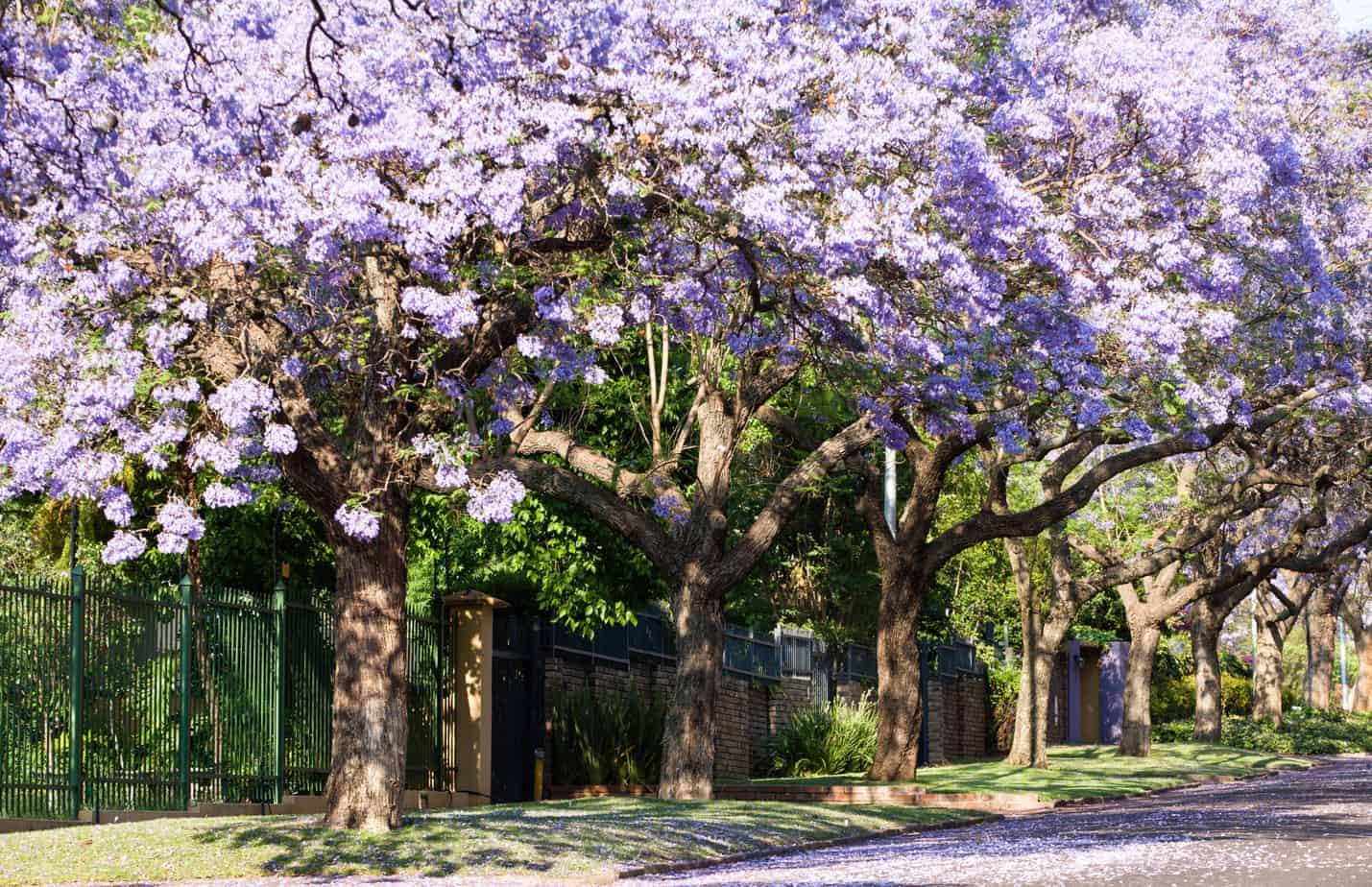
If you’re a tree lover, then, the purple jacaranda is just right for you. This tree species has dark purple blooms that will surely become an instant attraction from late spring to early summer. On top of that, the clusters of flowers are also fragrant!
This tree can reach a height of 25 to 50 feet. And it will take about 8 years or more before it’s ready to produce flowers. Nevertheless, it’s worth the time and effort.
If you don’t have a huge space, there’s a dwarf variety you can use as an alternative, the J. mimosifolia ‘Bonsai Blue’ which can grow only 10 to 12 feet high.
Make sure to distribute packets of seeds of purple jacaranda as a gift to your neighbors this Purple Day.
Purple Crocus
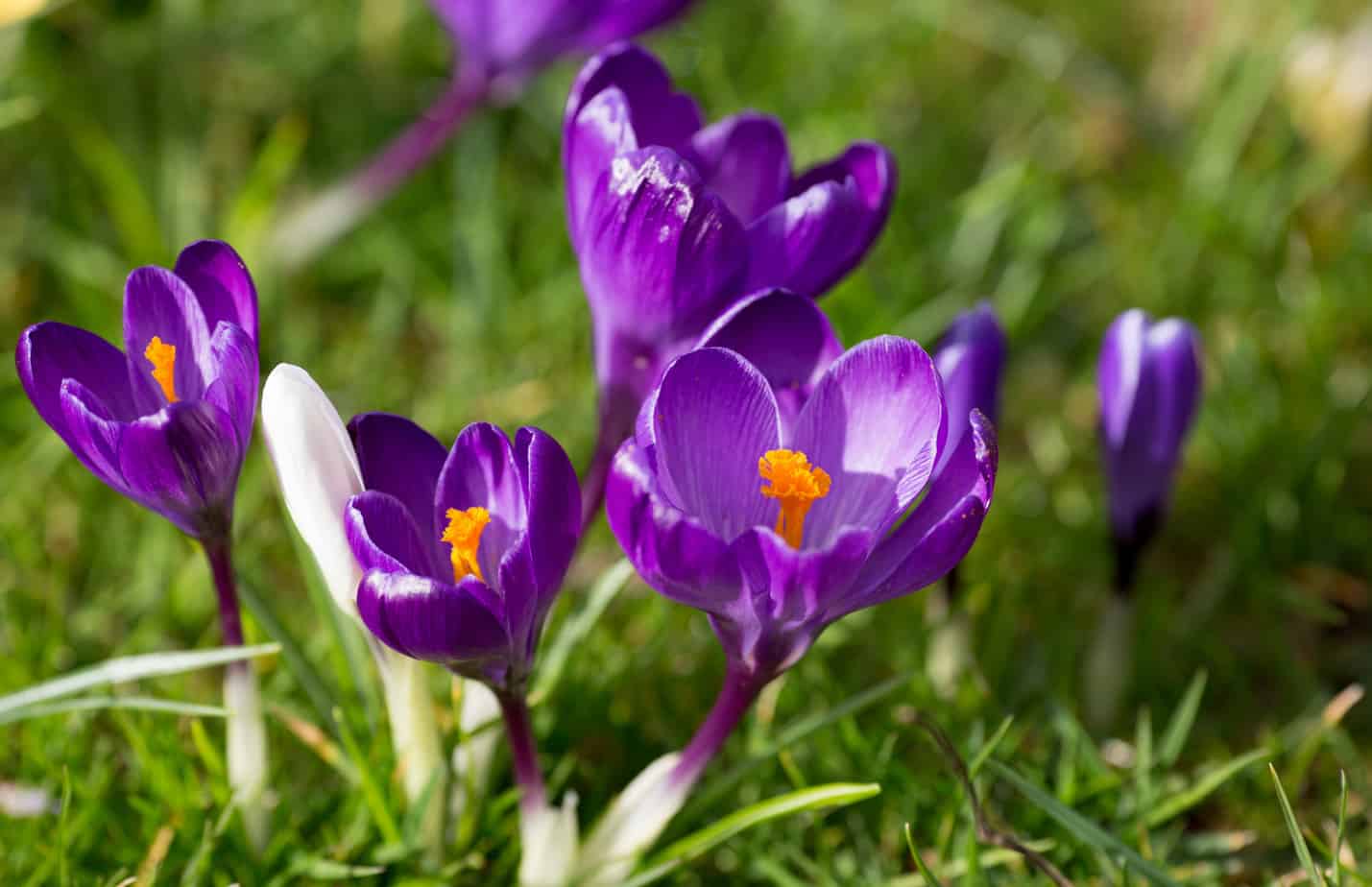
The brilliant color of purple crocus flowers won’t only remind you of Spring but of Purple Day as well. This plant is an herbaceous, low-growing perennial that can grow up to 6 inches tall.
Purple crocus normally grows on the ground and produces tubular flowers during the early Spring. As a groundcover, it produces a colorful mat of purple flowers after the winter season is over. Some gardeners also plant it in pots.
Since purple crocus is easy to grow, you can plant it ahead in a container and wait for the blooms to appear before you give it to someone to remind them of Purple Day.
Purple Tear Honeyhort
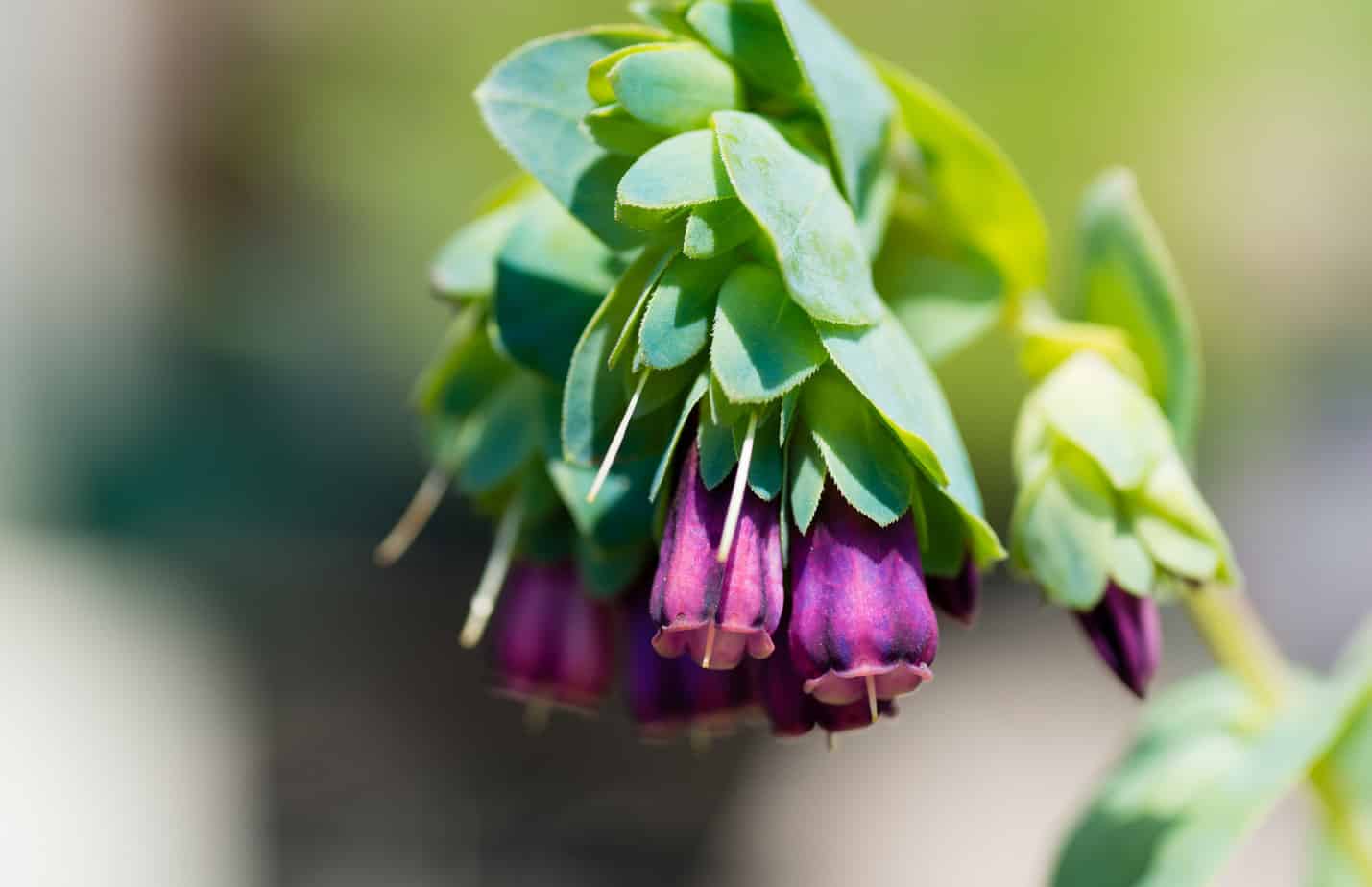
Purple Tear Honeyhort is a hardy annual plant that will make a perfect addition to any ornamental garden. Its foliage is a combination of green, silver, and blue-green while the flowers are purple and tubular in shape.
The flowers of the Purple Tear Honeyhort are highly attractive to pollinators like bees and hummingbirds. Thus, they are perfect in beds and borders, patios, and containers. They suit well in informal garden styles.
You can purchase seeds of honeyhort and give them away this Purple Day.
Purple Crepe Myrtle
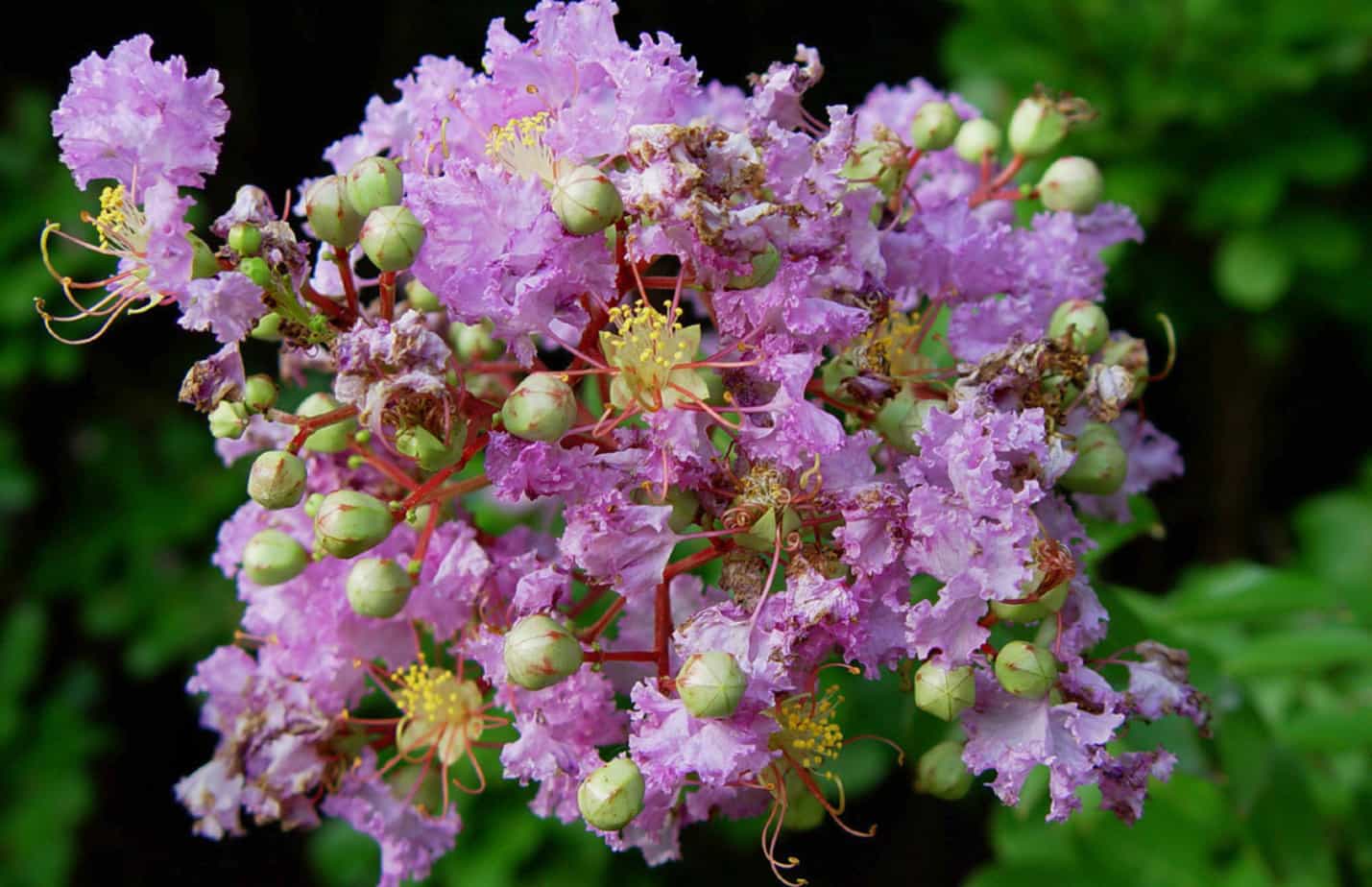
Crepe myrtle trees are another beautiful species that bear purple or pink flowers. They’re known to be deciduous shrub that grows from 6 to 10 feet tall. The tips of the branches produce flowers during early summer and will flush again during the late summer.
Aside from its beauty, the crepe myrtle is very easy to care for and maintain. It’s also drought-tolerant. The key to producing more flowers is to cut back the branches during late winter.
You can purchase a crepe myrtle and have it shipped directly to your or your friend’s doorstep.
American Beauty Berry
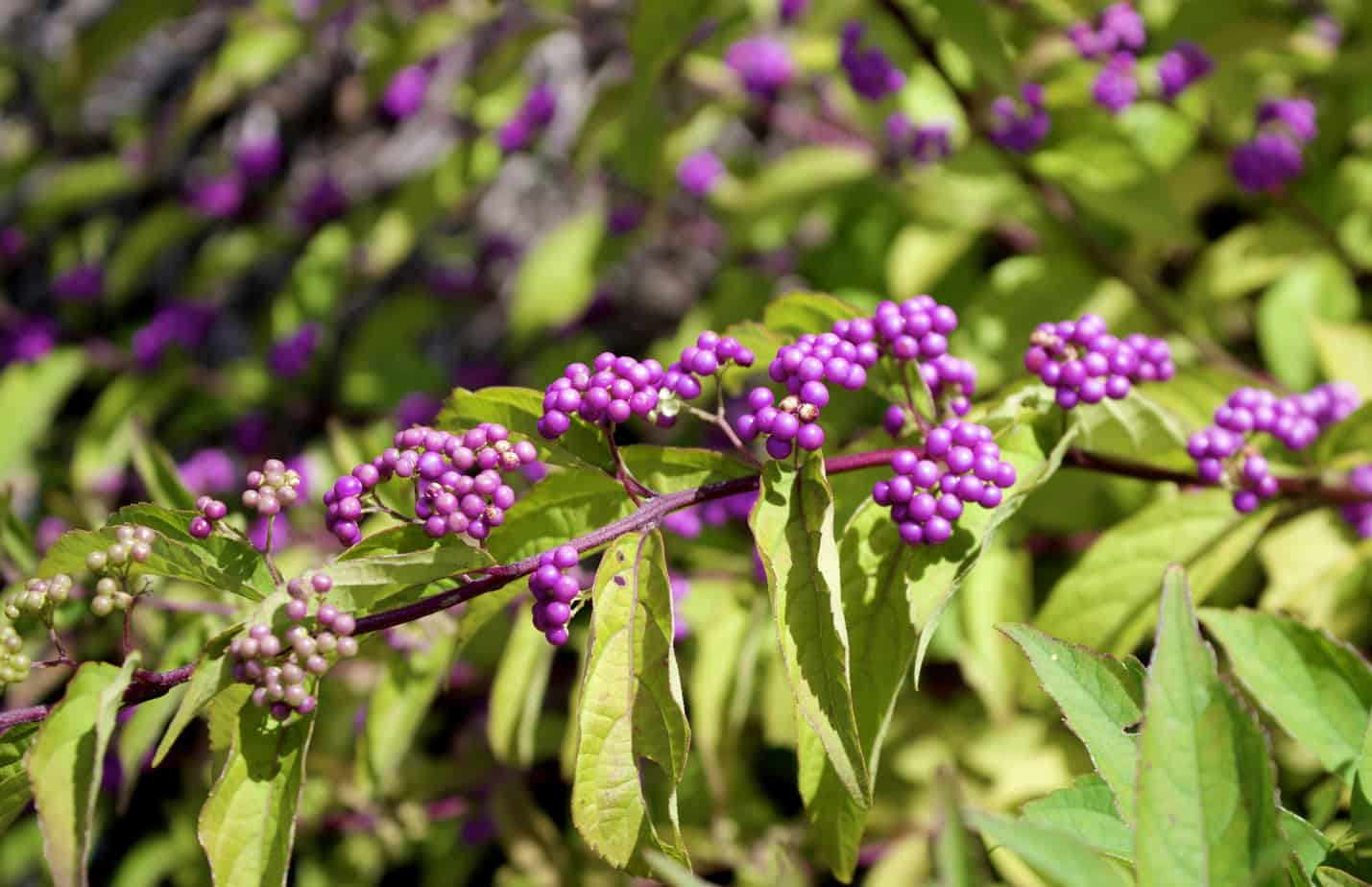
The American Beauty Berry is known for its purple berries. It is another form of deciduous shrub that is best suited for outdoor landscapes. On average, it can grow from 3 to 5 feet in height. But there are cases when they reach a size of up to 9 feet, depending on the type of environment from where it’s grown.
You’ll never go wrong growing American Beauty Berry because you can use the berries to create jams. You can use either seeds or softwood cuttings to propagate this plant.
Lavender

Last but not least is lavender. This plant not only produces an aromatic odor but also bears the symbolic color of epilepsy. It’s an herb that has numerous purposes. It has upright spike flowers that are best planted as borders or informal hedges.
Adding a lavender plant to your garden is a good way to cascade awareness about epilepsy. You can easily grow them from seeds.
Whether you want to buy, sell or simply reach out to other plant enthusiasts, Plantly is the right place to be!
-
$26.95Sold By: Wonka Plants
In stock
Colocasia “Tea Party” Starter plant
Rated 4.94 out of 5 based on 108 customer ratings03Sold By: Wonka Plants -
Free Shipping$29.99Sold By: California Tropicals
$37.55In stock
Hindu Rope Hoya Variegated – 4″ from California Tropicals
Only 35 available and it’s in 1 people’s basketRated 4.96 out of 5 based on 25 customer ratings03Sold By: California Tropicals -
$215.00Sold By: Kazumi Nursery
Only 1 left in stock
Ariocarpus Retusus cv Furfuraceus. T5-1201
Only 1 available and it’s in 1 people’s basketSold By: Kazumi Nursery -
$15.00Sold By: Stripes and Variegations
Only 1 left in stock
Monks Hood
Sold By: Stripes and Variegations
